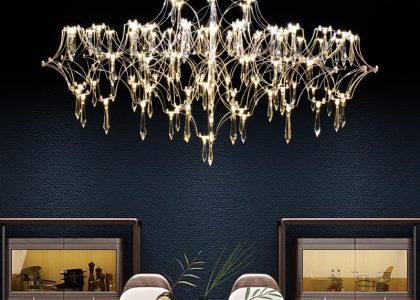Introduction
In recent years, the use of LED lights has become more and more prevalent in the world of art. One of the most fascinating ways that LED lights are being used is in the creation of paintings that glow and change color as the lights are manipulated. These works of art are mesmerizing and capture the attention of anyone who sees them. In this article, we will explore the technique of painting with LED lights, discussing its history, process, and future potential.
History of LED Light Painting
The use of light in art can be traced back to the early 20th century, with artists like László Moholy-Nagy experimenting with light and shadow in their work. However, the use of LED lights specifically in painting is a more recent development. It was first explored in the 1960s and 70s by artists like Dan Flavin and James Turrell, who used fluorescent tubes and other lighting technology to create immersive light installations. The use of LED lights really took off in the 2000s, with artists like Leo Villareal creating stunning LED light sculptures and installations.
The Process of Painting with LED Lights
Painting with LED lights involves a combination of traditional painting techniques and LED technology. The artist begins by creating a base layer on their canvas using traditional paint or other media. They then lay down a layer of LED lights, which are typically programmed to change colors or patterns over time. The lights may be embedded within the paint itself or attached to the surface of the canvas. As the lights change, they interact with the paint, creating a dynamic and ever-changing work of art.
Step-by-Step Process
- Begin with a blank canvas and a base layer of paint.
- Select an LED light strip that suits your desired color scheme and attach it to the canvas using adhesive or another method.
- Connect the LED light strip to a power source and controller that will allow you to change the color and patterns of the lights.
- Program the controller to change the lights in a desired pattern or rhythm.
- Turn on the lights and observe how they interact with the paint and other elements on the canvas.
- Repeat the process with additional layers of light and paint to create a more complex piece.
Potential Future Developments
As LED technology continues to evolve, it is likely that we will see even more exciting developments in the world of light painting. One potential development is the use of flexible LED strips that can be molded to different shapes and surfaces. This would allow artists to create light paintings on three-dimensional surfaces, opening up a whole new world of creative possibilities. Another potential development is the use of advanced controllers that allow for more precise control over the color and pattern of the lights. This would give artists even more creative freedom when designing their light paintings.




